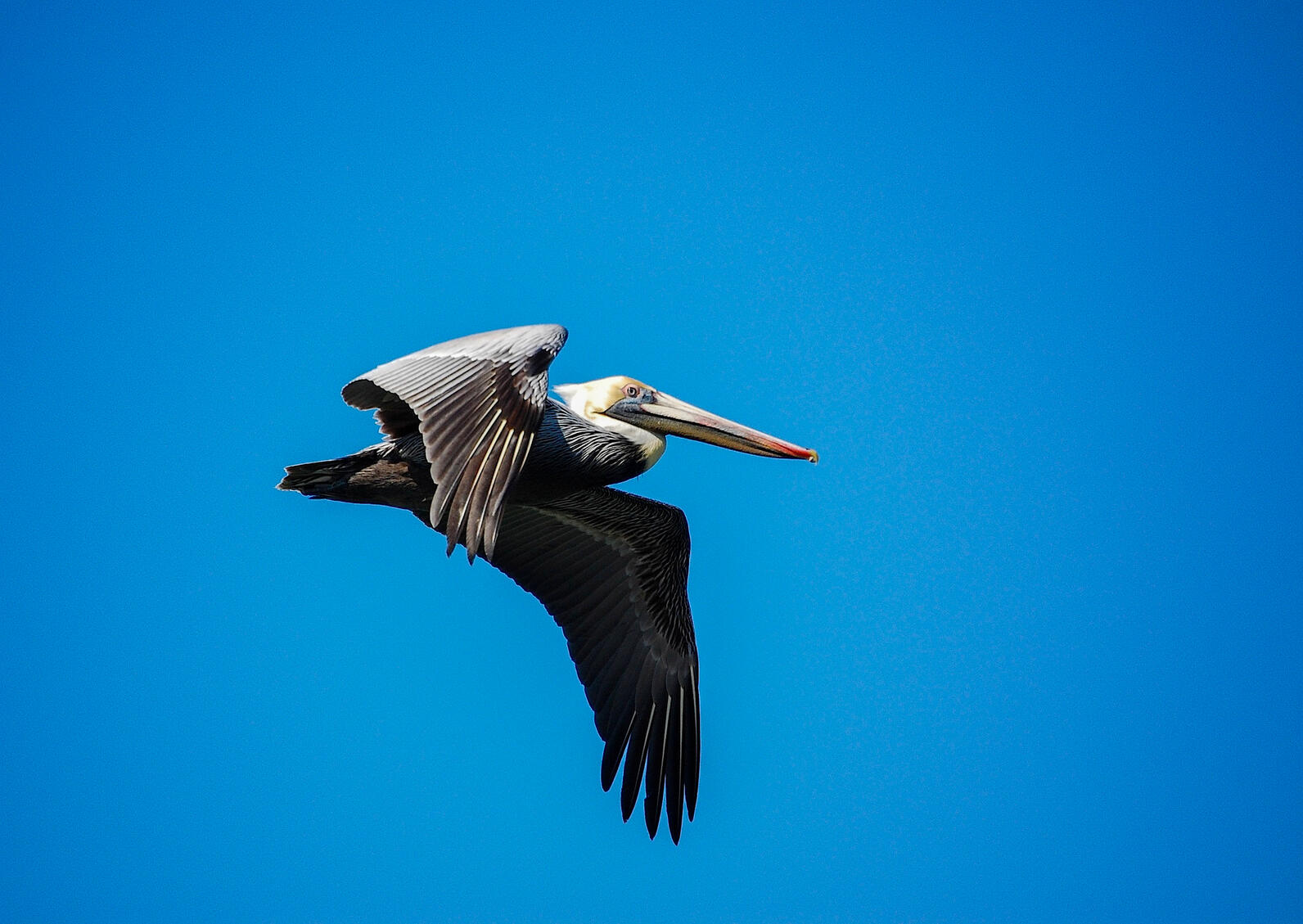2024 Seabird Institute Year in Review
Thank you for your support in 2024. Look at what we’ve accomplished together!

Overcame challenges caused by the changing climate
Back-to-back strong storms and record-breaking tides wreaked havoc along Maine’s coast in January. Hog Island Audubon Camp’s Boathouse was severely damaged during the coastal flooding. Friends of Hog Island’s timely response, providing materials and manpower, allowed the Boathouse to be elevated three feet and repaired in time for the camp’s opening in May. This fall, one of the Hog Island’s cabins was moved 50 feet inland as it was extremely threatened by shoreline erosion.

Marine debris and minor damage are always anticipated upon returning to the seabird islands in the spring, but this year tent platforms, and components for bird blinds were moved across the islands or washed away completely. The biggest shock was seeing the Egg Rock “Hilton” moved about 10 feet from its perch of more than 40 years. On a positive note, huge hunks of sod were ripped back from the earth, created new tern habitat. Storm repairs, which included building new blinds and tent platforms, repairing roofs, and rebuilding the “Hilton,” were ongoing throughout the season. Luckily, the storms appeared to have minimal impact of seabird nesting activity.

Built trust and shared knowledge with First Nations communities in the northeast
Over the next several years Indigenous Guardians will initiate on-the-ground conservation actions to restore Common Tern colonies across their lands. As a precursor to this work, 11 Guardians from various Indigenous communities joined the Boreal and Seabird teams at Hog Island Audubon Camp in Maine to share perspectives on conservation and build relationships to facilitate future collaboration.
While attending the camp’s Puffin Exploration session, the Guardians heard about tern restoration techniques used in Maine, visited Eastern Egg Rock to observe seabird research and conservation work in practice, and offered insights from their own ongoing conservation projects at home. The exchange of information and knowledge was an amazing learning experience for all of us here at the Seabird Institute. We continue to reflect on how we can support Indigenous conservationists here in our community, and throughout the hemisphere, and commit to establishing and nurturing relationships that broadly expand seabird conservation efforts.

Grew seabird conservation capacity throughout the hemisphere
While Audubon-honed social attraction methods have benefited nearly one third of seabird species globally since 1973, seabirds remain particularly vulnerable to impacts of human disturbance and development, and the changing climate. Recognizing that need for proactive seabird conservation beyond US borders, the Seabird Institute has hosted over 30 seabird scientists from around the world through the Josephine D. Herz International Seabird Fellowship. Relationships with two 2024 Herz Fellows, Rafael Ângelo Revorêdo from Brazil (with the local conservation organizationds CEMAM) and Ignacio Gutierrez Galvan from Argentina (with Rewilding Argentina), have led to ongoing partnerships that are promoting seabird conservation in South America, often to the benefit of species that nest in Maine. Training in tracking methodologies in Maine helped Rafael lead a Roseate Tern tagging effort in Brazil in October, and exposure to social attraction restoration methodologies are helping Ignacio initiate recovery actions for Olrog’s Gull, an Argentinian endemic species of concern. Ongoing collaborations are expected, with Seabird Institute staff already visiting Argentina in November to advise on priority projects.
“This experience changes everything!” – Rafael Ângelo Revorêdo

Supported Indigenous-led conservation action around the hemisphere.
Marine Protected Areas provide long-term refuges for birds, fish, marine mammals, and other wildlife. This year the Biden-Harris Administration designated the Chumash Heritage National Marine Sanctuary, the first-ever Tribally nominated marine sanctuary in the US. Co-stewarded by the Northern Chumash Tribal Council, the sanctuary will protect more than 4,500 square-miles of ocean off California’s Central Coast—home to 60 percent of the California Brown Pelican population (pictured here). Last year, Audubon and our members showed support for the proposed designation of this culturally, historically, and ecologically important region. In northern Ontario, Canada, the Omushkego Cree are leading an effort to establish a National Marine Conservation Area that would protect 91,000 square-kilometers of Weeneebeg (Cree for James Bay) and Washaybeyoh (Hudson Bay).

Advocated for offshore energy decisions that are good for birds
The Seabird Institute has extensively tracked terns, puffins, and storm-petrels to inform siting decisions for offshore wind energy development in the Gulf of Maine. The highest priority goal has been to minimize overlap between wind farms and the areas nesting birds visit repeatedly during the nesting season to find food to feed their chicks.
In April, the Bureau of Ocean Energy Management (BOEM), the federal agency leading the planning process in federal waters, announced Lease Areas for wind energy development that minimally overlap with areas used by terns and puffins nesting along Maine’s coast. This is a significant win for birds! There are still concerns to investigate. The Seabird Institute’s tracking work is now becoming more focused on understanding possible interactions between birds and Lease Areas as we continue to advocate for bird-friendly construction and operation practices.
Expanded GPS tracking to include Maine’s tiniest tern species.
The Seabird Institute extended GPS tracking to Least Terns by conducting a pilot study at Stratton Island, typically home to the species largest colony in Maine. Using a prototype tag developed specifically for testing by the Seabird Institute, this was the first, known successful GPS quality tracking of this species. The tagged terns responded well to their miniature “fanny packs” and surprised researchers by spending much more of their foraging time offshore of Stratton Island, rather than along the nearby shoreline and Scarborough Marsh.
To learn more about these stories and other 2024 accomplishments, read this year’s Egg Rock Update newsletter.
Learn about birds and take action
Adopt-A-Puffin
Adopt now and receive a Certificate of Adoption, along with a biography of "your" puffin!
Visitor Center
The Project Puffin Visitor Center (PPVC) is located at 311 Main Street in downtown Rockland, Maine. The center opened its doors officially on July 1, 2006.



